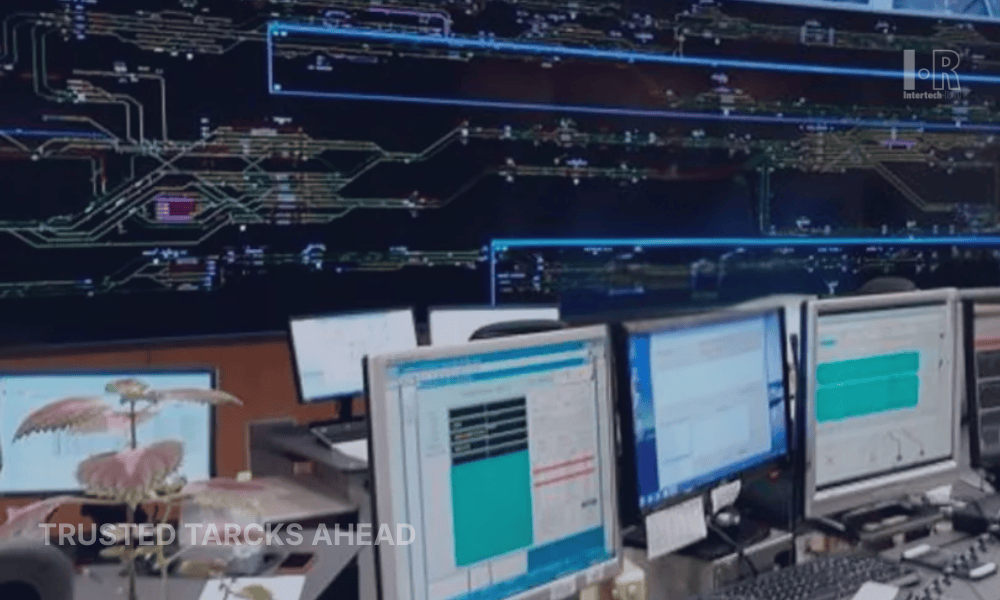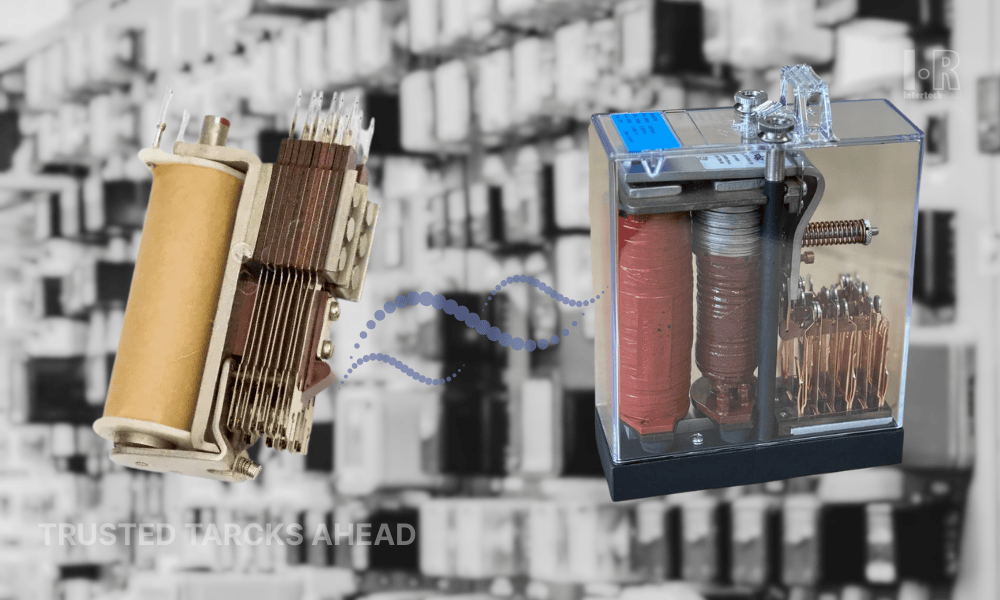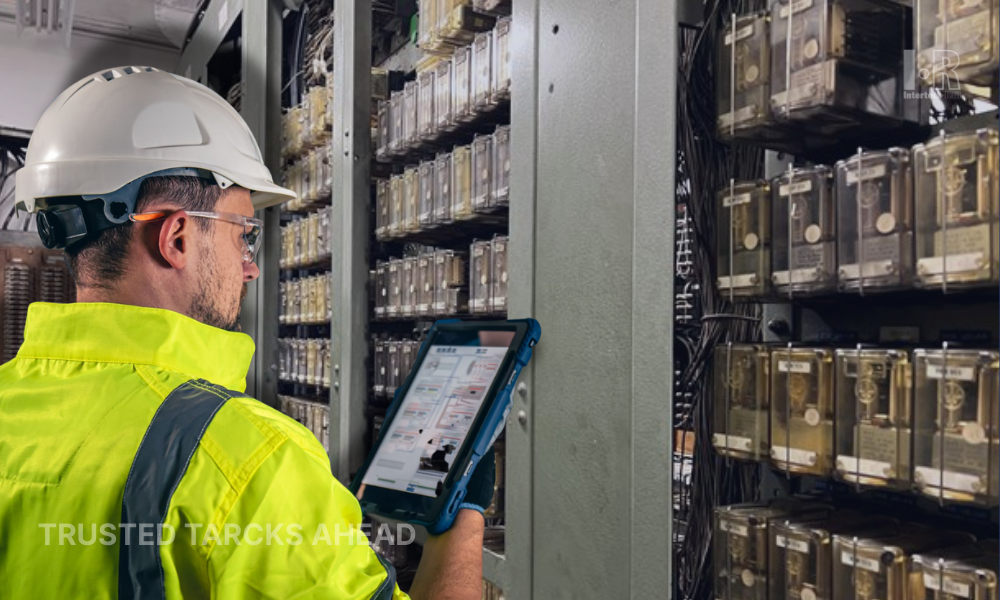Train Scheduling Systems
Train Scheduling Systems: Advanced Software Solutions and Optimization Techniques for Railway Operations

Fundamentals of Train Scheduling
Timetables look simple until you try to run them. Tracks fill up, crews run late, and weather hits. That is where train scheduling systems earn their place. They keep theory connected to reality. In the past, paper charts and human memory carried the load. Now, automated systems handle the bulk, but people still guide the decisions.
Scheduling Objectives and Constraints
The main goal is obvious: keep trains moving on time. But real work means trade-offs. Scheduling optimization balances infrastructure limits, rolling stock cycles, and crew shifts. Maintenance windows steal slots. Freight and passenger priorities clash. One delay spreads fast. Dispatchers know this better than anyone.
Types of Scheduling Problems
There is no single level. Long-term planning looks years ahead. Tactical adjustments come season by season. Then comes the hard part, daily timetables, sometimes hour by hour. Here, disruption management is constant. A late train in the morning can snowball across the evening rush. Any controller has lived that chain reaction.
Traditional vs. Modern Approaches
Manual planning still survives on small networks. But modern corridors rely on automated systems. Computers test scenarios, flag conflicts, and propose solutions in seconds. Still, algorithms are not perfect. Human eyes catch the things models miss. The strongest setups keep both in play.
Behind every smart schedule is a smarter network—discover how in our article on Smart Railway Infrastructure.
Optimization Algorithms and Methods
Behind the software are optimization algorithms. Some are basic, some complex—linear programming, heuristics, metaheuristics. The aim is always the same: reduce delay, improve flow. Many tools now also link to crew scheduling and resource allocation, making sure people and rolling stock align with the timetable. Without that link, schedules collapse fast.
Real-Time Scheduling and Recovery
Plans fail. Everyone knows it. The value comes in response. Real-time scheduling allows quick changes when the line goes wrong. Weather, failures, congestion, it all triggers disruption management. Control centers reroute, reschedule, and reshuffle. The faster the system responds, the fewer passengers notice.
Train scheduling systems are the nervous system of a railway. Not just automated systems, but tools tied to optimization algorithms, human dispatchers, and modules for crew scheduling and resource allocation. Add real-time scheduling with solid disruption management, and networks stay resilient even when things fall apart. At the end of the day, scheduling is not perfection; it is survival, and it is what keeps trains running.




